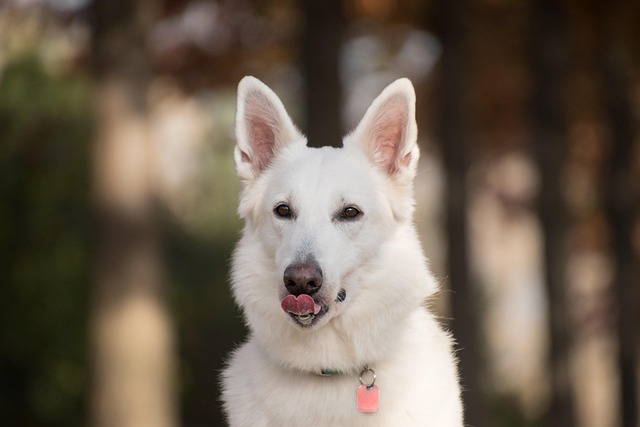
Are Irish setters easy to potty train?
When the Irish setter walks with an elegant pace, its reddish-brown hair shines in the sun, and its lively eyes are full of curiosity and enthusiasm, anyone will be attracted by this unique charm.
The lively and agile figure of dogs always adds endless joy to our lives. Imagine that you throw a small ball, and the dog happily runs over, accurately picks it up and obediently returns it to you. This scene is so warm and interesting. Training dogs to retrieve objects not only allows them to master a practical skill, but also deepens the emotional bond between you and your dog. But how to start this training?
Dogs are born with a certain chasing instinct, which is the basis for training them to retrieve objects. Many dogs are curious about moving objects and like to chase and play. Taking advantage of this nature, we can start with simple games. Prepare a small toy that the dog is interested in, such as a soft plush ball or a rubber toy with a sound. In an open, quiet space without too many distractions, gently throw the toy a short distance. The dog's attention is likely to be immediately attracted by the moving toy, and they will instinctively rush over to chase it. When your dog first actively chases the toy, even if it doesn't pick it up right away, give it enthusiastic encouragement, such as gently calling its name and praising it in a cheerful tone: "Baby, you are great, go chase it!" This positive feedback will make the dog feel that its behavior is recognized, and it will be more willing to participate in the game.
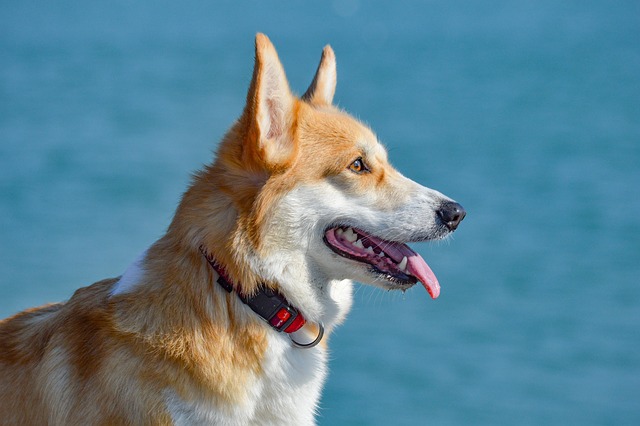 Once the dog successfully picks up the toy, this is the key point of training. At this time, give the command "come back" in a firm but gentle tone, while opening your arms and making a gesture to welcome the dog back. If the dog does not obey the command immediately, don't rush to chase it or yell at it, but use some small snacks to attract it. Put the snack in your hand, shake it in front of the dog, repeat the command "come back" again, and guide it to come back to you with the toy. When the dog finally runs to you, don't be stingy with your praise and rewards. Give it a big hug, gently stroke its head and body, and give it delicious snacks as a reward. Let the dog understand that returning to the owner with the toy will get so much love and benefits, and they will respond to your commands more actively.
Once the dog successfully picks up the toy, this is the key point of training. At this time, give the command "come back" in a firm but gentle tone, while opening your arms and making a gesture to welcome the dog back. If the dog does not obey the command immediately, don't rush to chase it or yell at it, but use some small snacks to attract it. Put the snack in your hand, shake it in front of the dog, repeat the command "come back" again, and guide it to come back to you with the toy. When the dog finally runs to you, don't be stingy with your praise and rewards. Give it a big hug, gently stroke its head and body, and give it delicious snacks as a reward. Let the dog understand that returning to the owner with the toy will get so much love and benefits, and they will respond to your commands more actively.
After the dog gradually becomes familiar with the process of chasing, picking up and bringing back the toy, we can further increase the difficulty of training. Try to throw the toy farther away or in different directions. At the same time, we must constantly strengthen the authority of the command "come back". Every time the dog successfully completes the task, we must give consistent rewards and praise to the dog so that the dog can form a stable conditioned reflex. But also pay attention to the fact that the training time should not be too long to avoid the dog getting tired and bored. Each training session can be controlled to about 10 to 15 minutes, 2 to 3 times a day, to keep the dog's enthusiasm and freshness for training.
Patience is crucial during the training process. The dog may make mistakes for various reasons, such as forgetting to pick up the toy, dropping the toy midway, or not obeying the command "come back". At this time, never beat or scold the dog, because punishment will only make them feel fear and confusion, destroying the training atmosphere and the trust between you. Instead, redirect the dog with a calm mind and repeat the previous training steps to help them understand your requirements. Every progress made by a dog, even if it is just a small one, is worth our joy and encouragement.
From an emotional point of view, the process of training a dog to retrieve objects is a journey full of love and companionship. We watch the dog grow from ignorance to mastering skills, and every step of growth is the result of our hard work. When the dog happily runs to us with toys, with the light of expectation for praise in his eyes, we can truly feel the deep emotional return brought by this effort. Through continuous and patient training, dogs can not only learn the skills of retrieving objects, but also establish a closer and deeper emotional connection with us, becoming a more intimate and lovely partner in our lives. Let us accompany the dogs on this interesting training journey with full love and witness their growth and progress.

When the Irish setter walks with an elegant pace, its reddish-brown hair shines in the sun, and its lively eyes are full of curiosity and enthusiasm, anyone will be attracted by this unique charm.
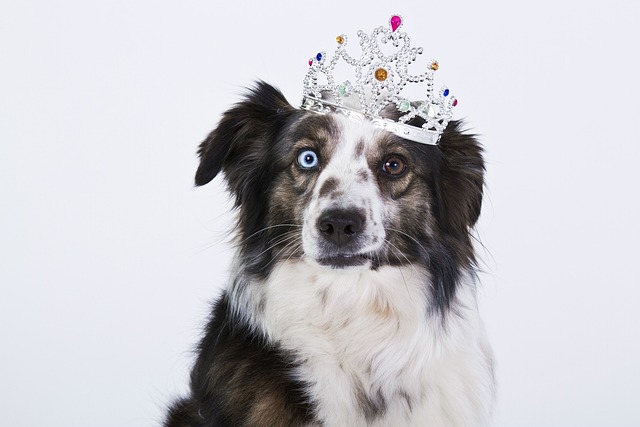
When the furry little life stumbles into our lives, the soft and sticky cry and wagging tail instantly melt the hearts of countless dog owners. However, behind this sweet companionship, puppy potty training is like a mountain in front of them.
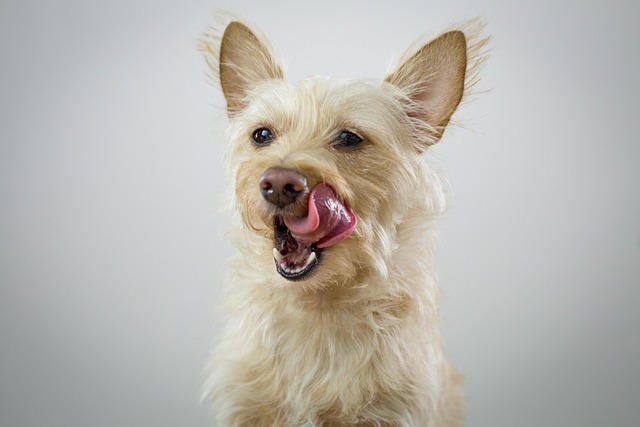
In the steel jungle of the city, more and more people are eager to have a furry companion to add more warmth and companionship to their lives.

Training puppies to develop good house bowel habits is a process that every pet owner looks forward to and is full of challenges. This is not only about the cleanliness of the home environment,

Dog walking is supposed to be a pleasant time for people and dogs to enjoy each other's company, but when the dog drags the leash and rushes around, this beautiful moment is broken.
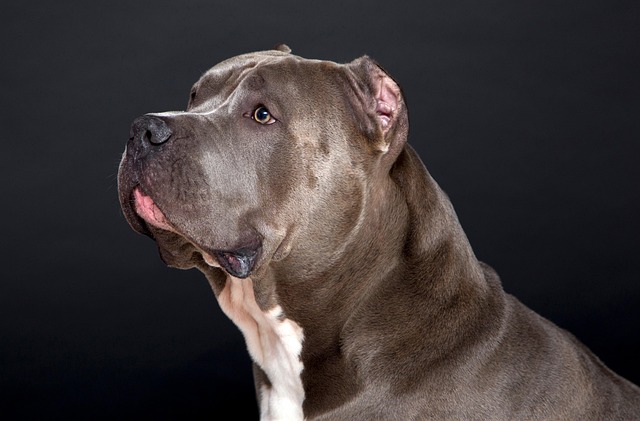
When a dog suddenly poops in a specific area of the house, it not only causes cleaning troubles but also makes the loving owner feel anxious and helpless.